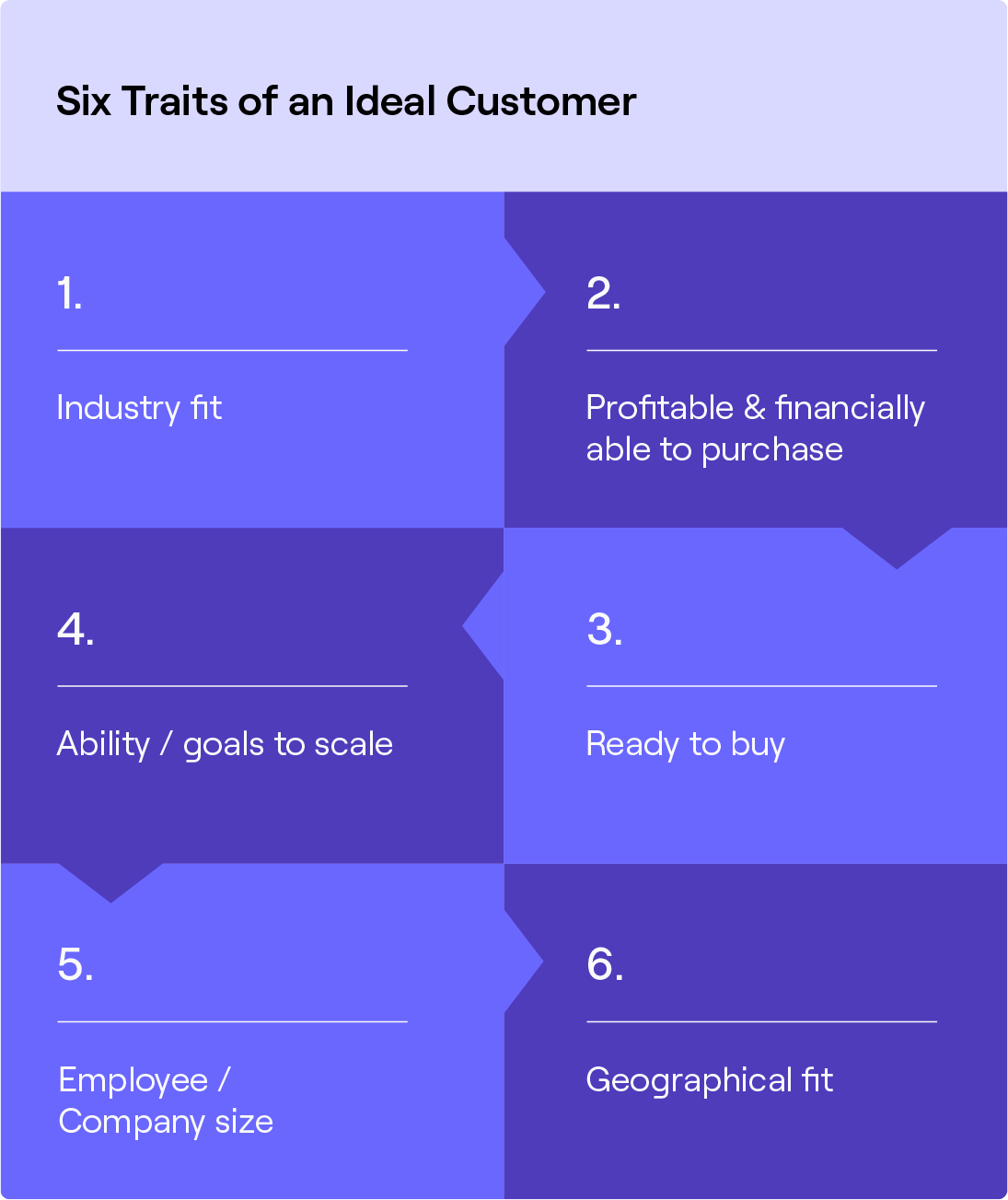Are ABS and ABM the same?
Whoa, ABS and ABM sound kinda the same. What’s the deal there? In reality, Account-based sales and account-based marketing are quite different.
ABM is a marketing strategy in which the sales and marketing teams identify and target high-value leads to convert them into clients. ABM's main objective is to generate leads for your business.
In contrast, ABS is focused on revenue generation. Sometimes, lead engagement can be a part of the ABS strategy, but it is never the focal point of the process. The focal point of the process is always personalized engagement for closing deals.
Secondly, ABM only focuses on new leads. Actions taken by your ABM team do not take into consideration the preferences, demands, and requirements of existing customers.
On the other hand, ABS's strategy requires sales teams to cultivate long-term relationships and ensure that clients bring new purchase orders.
This means they must also consider existing customers and their requirements while designing their campaigns.
This also means that while the marketing and sales teams usually collaborate for ABM strategy, an ABS strategy can require collaboration from different departments, such as sales, marketing, revenue generation, finance, and customer success.
The metrics you would use to measure ABM’s success are also vastly different from ABS. For example, you would check the number of leads, engagement rate, click-through rate, pipeline velocity, etc., to measure ABM’s campaign's success.
In contrast, for measuring the success of an ABS campaign you would use KPIs such as the revenue generated, post-sale customer retention, account lifetime value, etc.
ABM is a great lead generation strategy, as 91% of the companies using ABM have reported an increase in average deal size.
For most organizations that use account-based strategies, the first step is using ABM to generate interest.
However, later there is a handover, in which seasoned sales professionals move from ABM to ABS to finish the job and complete the revenue cycle.













